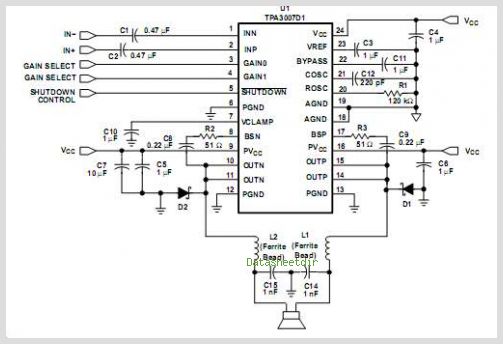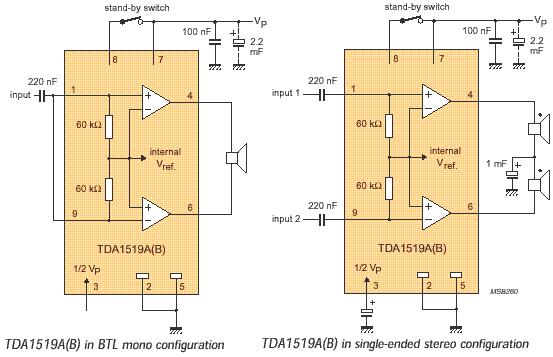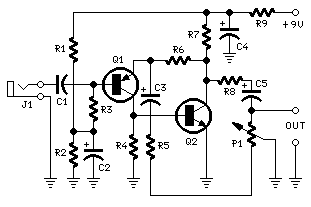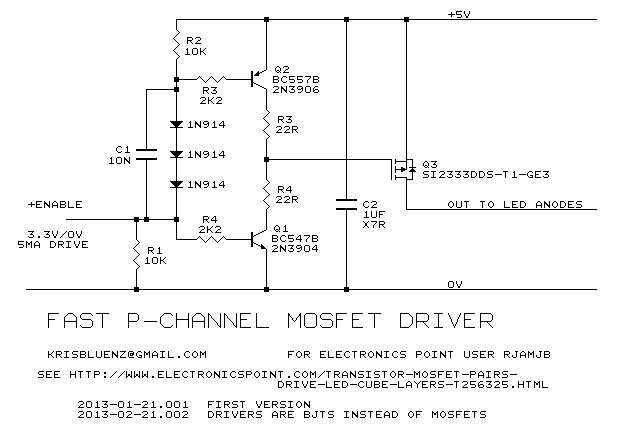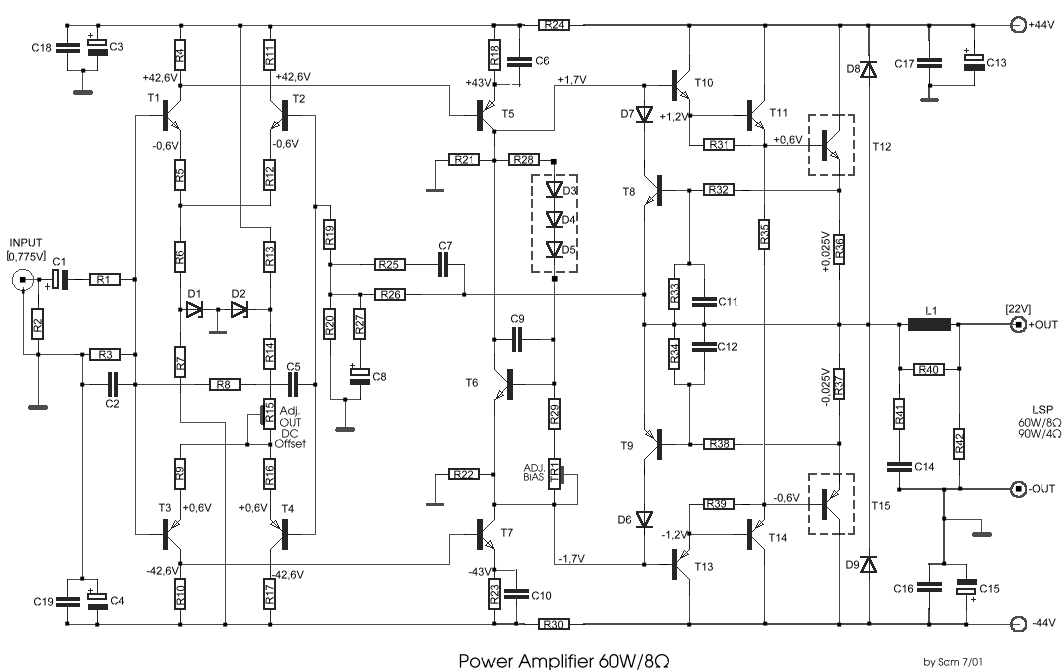
60w amplifier mosfet irfp240
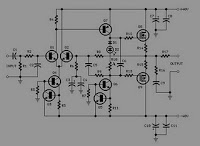
The supply voltage rails were conservatively maintained at +40V and -40V. For those interested in experimentation, the supply voltage can be increased to a maximum of +50V and -50V, enabling the amplifier to reach its target output of 100W into an 8 Ohm load.
The circuit design incorporates a dual power supply configuration with positive and negative voltage rails to provide the necessary operating conditions for the amplifier. The nominal voltages of +40V and -40V are chosen to ensure stability and reliability during operation, minimizing the risk of component stress and overheating. This conservative approach helps to maintain the integrity of the amplifier's performance across various operating conditions.
For experimental purposes, an adjustment to the supply voltage can be made, allowing the rails to be increased to +50V and -50V. This adjustment is significant as it permits the amplifier to deliver up to 100W of output power into an 8 Ohm load. The increased voltage enhances the headroom of the amplifier, allowing for greater dynamic range and improved transient response, which is critical for high-fidelity audio applications.
It is important to note that when increasing the supply voltage, careful consideration must be given to the ratings of all components within the circuit, including the output transistors, power supply capacitors, and any protection circuitry. Components must be rated to handle the increased voltage and power levels to prevent failure and ensure safety during operation.
Additionally, thermal management becomes increasingly important as power levels rise. Adequate heat sinking and possibly forced air cooling may be required to dissipate the additional heat generated by the output stage at higher voltages. Overall, the design allows for flexibility in experimentation while prioritizing safety and performance integrity in the amplifier circuit.The supply rails prudentially voltage was kept at the rather low value of + and - 40V. For those wishing to experiment, the supply voltage rails could be raised to + and - 50V maximum, allowing the amplifier to approach the 100W into 8 Ohm target. 🔗 External reference
The circuit design incorporates a dual power supply configuration with positive and negative voltage rails to provide the necessary operating conditions for the amplifier. The nominal voltages of +40V and -40V are chosen to ensure stability and reliability during operation, minimizing the risk of component stress and overheating. This conservative approach helps to maintain the integrity of the amplifier's performance across various operating conditions.
For experimental purposes, an adjustment to the supply voltage can be made, allowing the rails to be increased to +50V and -50V. This adjustment is significant as it permits the amplifier to deliver up to 100W of output power into an 8 Ohm load. The increased voltage enhances the headroom of the amplifier, allowing for greater dynamic range and improved transient response, which is critical for high-fidelity audio applications.
It is important to note that when increasing the supply voltage, careful consideration must be given to the ratings of all components within the circuit, including the output transistors, power supply capacitors, and any protection circuitry. Components must be rated to handle the increased voltage and power levels to prevent failure and ensure safety during operation.
Additionally, thermal management becomes increasingly important as power levels rise. Adequate heat sinking and possibly forced air cooling may be required to dissipate the additional heat generated by the output stage at higher voltages. Overall, the design allows for flexibility in experimentation while prioritizing safety and performance integrity in the amplifier circuit.The supply rails prudentially voltage was kept at the rather low value of + and - 40V. For those wishing to experiment, the supply voltage rails could be raised to + and - 50V maximum, allowing the amplifier to approach the 100W into 8 Ohm target. 🔗 External reference
